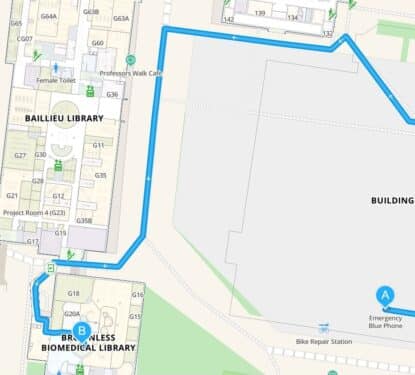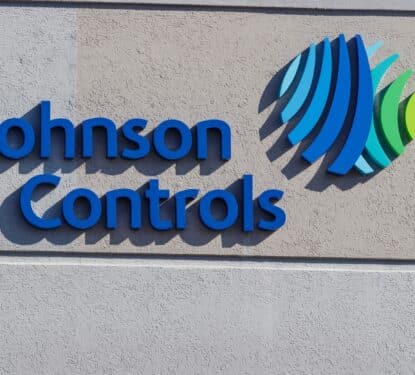“Hybrid work has ushered in significant shifts in the commercial real estate landscape. Propelled by the pandemic, businesses are reconsidering the traditional office space model and adopting new workplace technologies,” explains our new occupancy analytics market research. “With the emergence of the hybrid working model, digital platforms and mobile apps by definition have increasingly become a necessary tool for many businesses, for use in the corporate office and anywhere else employees may be working.”
As of March 2023, offices saw a global average occupancy of 33%, according to the Freespace Index data analyzed in our report. At the end of March, Freespace reported that they had not seen an increase in utilization compared with February, but with the three-year mark of the pandemic, February and March 2023 are seeing the highest global averages since the pandemic began. While the global pandemic officially ended on May 5th, 2023, COVID-19 has changed the course of history, and nowhere can this be seen better than in the workplace.
“In the wake of permanent transitions to hybrid work models, companies are reassessing their office space investments, aiming for more efficient space utilization. The growing reliance on Internet of Things (IoT) devices in smart commercial buildings is enabling more agile, data-informed decisions,” our in-depth report states. ”Occupancy Analytics data, especially, plays a critical role in managing hybrid workplaces.”
As the digital workplace takes shape in businesses worldwide with a revised set of working styles, whether it be remote working, hybrid working or flexible working, this change will necessitate an enhanced toolset enabling data-driven decision-making about the use of commercial office space. Many new tools have emerged on the market to secure the health and safety of building occupants, simplify the management of offices, optimize their occupancy, and improve workplace experience, collaboration and productivity while space and schedules are unsynchronized.
Workspace management tools and real-time occupancy data are needed more than ever as employees return to the office in a “new normal” working mode to ensure that decision-making around future commercial real estate strategies is grounded in reality.

Occupancy Analytics Essential for Hybrid Working
Solutions that manage who is onsite, be that employees, visitors, technicians, or contractors, are also on the rise according to our comprehensive research, with clear safety applications and valuable space utilization data. Resource scheduling solutions have come to the fore and are increasingly seen as vital elements in the set of digital tools which are needed to pre-book and reserve space in the modern flexible workplace.
Overall, the workplace experience as a concept has gained ground as executives have started to pay more attention to employee satisfaction as a driver for talent retention and business success, in light of increasing resignation levels. The increased focus on occupancy insights is also closely tied to a wide variety of new corporate initiatives, including compliance, operational efficiency, office design, and even renegtiation of real estate contracts based on space utilization data.
“The commercial real estate sector’s ability to adapt and evolve amidst the ongoing shift towards remote and hybrid work will determine its future success. As the lines between primary and secondary office buildings become more pronounced, the importance of aligning with tenants’ evolving needs and expectations cannot be overstated,” reads our brand new report. “With a growing focus on sustainability, wellbeing, and digital connectivity, the office real estate market must embrace these key trends and reimagine the purpose of physical workspaces”
As the world grapples with the profound impact of the pandemic, the commercial real estate sector finds itself at a pivotal moment. The unprecedented shift towards remote and hybrid work has left businesses questioning the traditional office space model, and the CRE market is now compelled to innovate or risk obsolescence. Occupancy analytics and location-based services provide the visibility to understand how space is being used in this new paradigm, and those armed with such knowledge will thrive in this hybrid work era.
This new Occupancy Analytics report is the first instalment of a two-part series covering the full Workplace Technology market. Part 2, to be published later in Q2 2023 and covers Workplace Experience Apps and Tenant Engagement Platforms. Both these reports, and many more, are included in our Premium Subscription Service.




I think there is an error in your article. 33% occupancy is hard to believe when many people are working in the major markets of gateway cities.
“As of March 2023, offices saw a global average occupancy of 33%, according to the Freespace Index data analyzed in our report”
The statistic comes from the Freespace Index https://www.afreespace.com/resources/freespace-index/ not us, so you should contact them for clarification. The figure of 33% average global occupancy comes from March 2023, their new May 2023 figure is 31%.